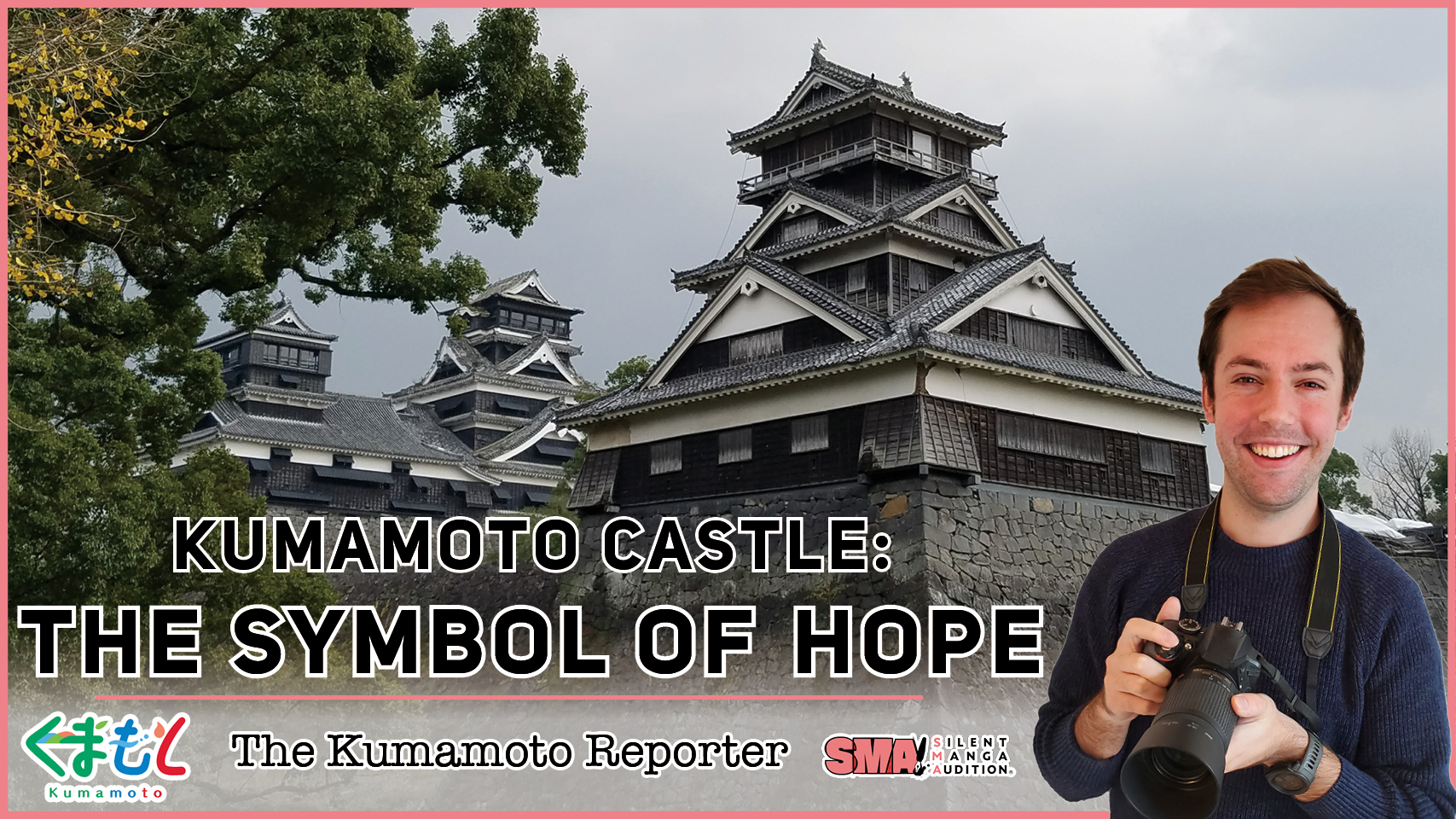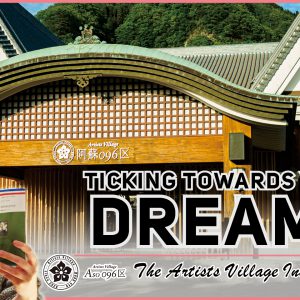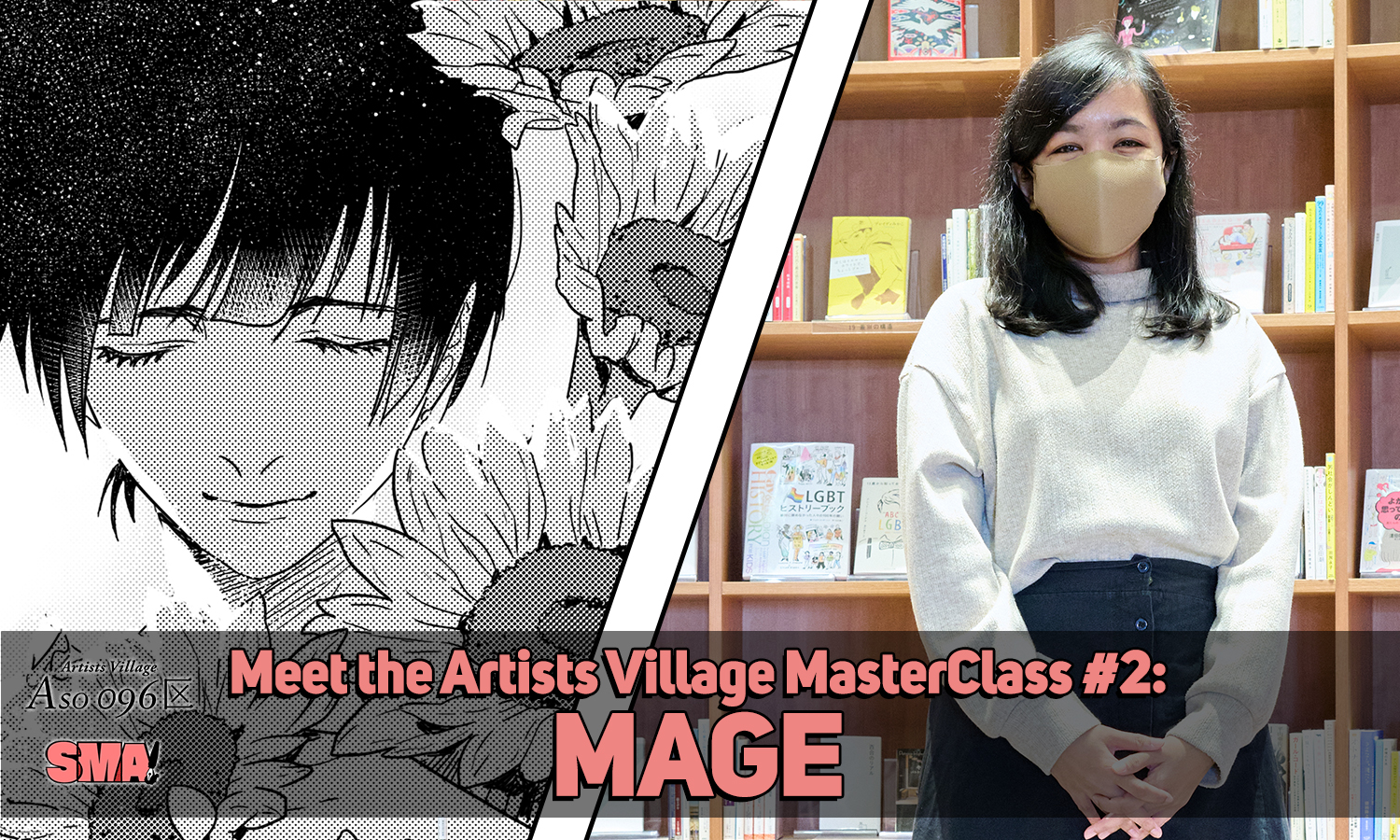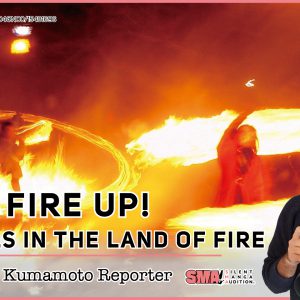
The Kumamoto Reporter #05 – Kumamoto Castle: The Symbol of Hope
24/02/2022
8 min read
Discover the history of Kumamoto Castle and its connection with manga!
Hi SMA community! Last time we learned even more about Kumamoto and Kyushu’s manga roots by taking a road trip through Kumamoto and Kyushu in search of famous manga and anime spots. This time we’ll take a look at a place that has special importance in Kumamoto and is connected to both manga and the Artists Village Aso 096k: Kumamoto Castle! First, let’s learn about Kiyomasa Katō, the wise warlord and “Tiger of Kumamoto” who built this legendary castle. After Kiyomasa Katō
After Kiyomasa Katō, the Hosokawa Clan ruled Kumamoto and resided in Kumamoto Castle. In 1877, a major battle took place at Kumamoto Castle between the Satsuma Clan in the south and the Meiji Government during the Satsuma Rebellion. Unfortunately, much of the castle burned down during the siege, but after the end of World War II the people of Kumamoto called to rebuild the castle, and most of it was restored in 2008.
After Kiyomasa Katō
After Kiyomasa Katō, the Hosokawa Clan ruled Kumamoto and resided in Kumamoto Castle. In 1877, a major battle took place at Kumamoto Castle between the Satsuma Clan in the south and the Meiji Government during the Satsuma Rebellion. Unfortunately, much of the castle burned down during the siege, but after the end of World War II the people of Kumamoto called to rebuild the castle, and most of it was restored in 2008.
 The 2016 Kumamoto Earthquake
In 2016, Kumamoto Prefecture was struck by two strong earthquakes, which caused severe damage to Kumamoto Castle. The people of Kumamoto were devastated to see their beloved castle in such a state, but some of the towers and walls stood strong even after the earthquake, which gave people courage during this difficult time. Since it’s such a special historical site, many people outside Kumamoto Prefecture are contributing to its reconstruction, and in Spring 2021 the inner towers were finally reconstructed. Even though it’ll take many years to finish rebuilding Kumamoto Castle, it’s seen as a symbol of strength and resilience of Kumamoto Prefecture and a sign of its revival since the earthquake.
The 2016 Kumamoto Earthquake
In 2016, Kumamoto Prefecture was struck by two strong earthquakes, which caused severe damage to Kumamoto Castle. The people of Kumamoto were devastated to see their beloved castle in such a state, but some of the towers and walls stood strong even after the earthquake, which gave people courage during this difficult time. Since it’s such a special historical site, many people outside Kumamoto Prefecture are contributing to its reconstruction, and in Spring 2021 the inner towers were finally reconstructed. Even though it’ll take many years to finish rebuilding Kumamoto Castle, it’s seen as a symbol of strength and resilience of Kumamoto Prefecture and a sign of its revival since the earthquake.
 The Kumamoto Castle Museum Wakuwakuza: Where manga comes alive
As part of the revival of both Kumamoto Prefecture and Kumamoto Castle, the Kumamoto Castle Museum Wakuwakuza was built in the Sakuranobaba Josaien castle square. “Wakuwaku” means “thrill” or “excitement” in Japanese, conveyed through its fun and interactive features to explore the history of the castle. Among the features included is a 3D model of the castle and projection mapping to show how the 2016 Kumamoto Earthquake damaged the castle.
The Kumamoto Castle Museum Wakuwakuza: Where manga comes alive
As part of the revival of both Kumamoto Prefecture and Kumamoto Castle, the Kumamoto Castle Museum Wakuwakuza was built in the Sakuranobaba Josaien castle square. “Wakuwaku” means “thrill” or “excitement” in Japanese, conveyed through its fun and interactive features to explore the history of the castle. Among the features included is a 3D model of the castle and projection mapping to show how the 2016 Kumamoto Earthquake damaged the castle.
 On the second floor of the museum, visitors can experience “Keiji’s Kabuki Adventure The Stage Play – Chapter of Kiyomasa Katō: The Tiger of Kumamoto,” the hottest new tourist attraction in Kumamoto! The stage play is based on the manga “Keiji’s Kabuki Adventure” (original Japanese title “Maeda Keiji Kabukitabi”) which is written by SMA judges Nobuhiko Horie and Tetsuo Hara-sensei and published by COAMIX Inc., the manga publishing company that hosts THE SILENT MANGA AUDITION®︎. The “096k Kumamoto Drama Company,” an all-female theater group who trains at our Artists Village Aso 096k, brings this adventure to life through authentic action, sword fights, songs, and dances for an explosive and entertaining performance. Be sure to check out the latest article from the Artists Village Insider to learn more about this all-female theater group whom we share the Artists Village with!
On the second floor of the museum, visitors can experience “Keiji’s Kabuki Adventure The Stage Play – Chapter of Kiyomasa Katō: The Tiger of Kumamoto,” the hottest new tourist attraction in Kumamoto! The stage play is based on the manga “Keiji’s Kabuki Adventure” (original Japanese title “Maeda Keiji Kabukitabi”) which is written by SMA judges Nobuhiko Horie and Tetsuo Hara-sensei and published by COAMIX Inc., the manga publishing company that hosts THE SILENT MANGA AUDITION®︎. The “096k Kumamoto Drama Company,” an all-female theater group who trains at our Artists Village Aso 096k, brings this adventure to life through authentic action, sword fights, songs, and dances for an explosive and entertaining performance. Be sure to check out the latest article from the Artists Village Insider to learn more about this all-female theater group whom we share the Artists Village with!

























